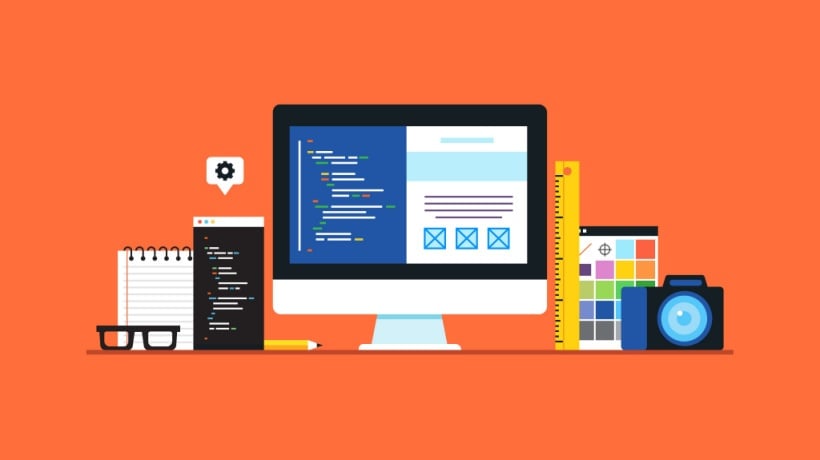Navigating the recruitment landscape in China can be challenging due to its diverse labor market, complex regulations, and cultural differences. A China recruitment agency can be an invaluable partner in streamlining the hiring process and finding the right talent for your organization. This guide explores the benefits of using a recruitment agency in China and how to choose the right one for your needs.

Benefits of Using a Recruitment Agency in China
1. Local Expertise
Recruitment agencies in China possess deep knowledge of the local labor market, including industry trends, salary benchmarks, and regulatory requirements. This expertise helps ensure that your recruitment strategy is aligned with local practices and legal standards.
2. Access to a Wide Talent Pool
Chinese recruitment agencies have extensive networks and databases of qualified candidates across various industries. They can provide access to top talent that may not be readily available through traditional job postings or online channels.
3. Efficiency in Hiring
Agencies streamline the hiring process by handling tasks such as candidate sourcing, screening, and initial interviews. This efficiency reduces the time and effort required to find suitable candidates and allows your HR team to focus on other strategic activities.
4. Compliance and Legal Support
Navigating China’s complex employment laws and regulations can be challenging. Recruitment agencies are well-versed in local labor laws and can help ensure that your hiring practices comply with legal requirements, minimizing the risk of legal issues.
5. Cultural Insights
Understanding Chinese business culture and practices is crucial for successful recruitment. Recruitment agencies can provide valuable insights into local cultural norms and help ensure that your hiring approach is culturally appropriate.
How to Choose the Right Recruitment Agency
1. Define Your Needs
Before selecting an agency, clearly define your hiring needs, including the roles you need to fill, the required skills and qualifications, and any specific industry expertise. This will help you find an agency with the right specialization.
2. Evaluate Agency Expertise
Look for agencies with a proven track record in your industry. Check their experience in recruiting for similar roles and their understanding of your sector’s specific requirements.
3. Assess the Agency’s Network
A strong network is essential for accessing top talent. Inquire about the agency’s connections and their ability to tap into passive candidate pools. Agencies with extensive networks are more likely to find high-quality candidates quickly.
4. Review Client Testimonials
Request references or testimonials from other clients who have used the agency’s services. Positive feedback from other businesses can provide insights into the agency’s reliability, professionalism, and effectiveness.
5. Understand the Recruitment Process
Discuss the agency’s recruitment process in detail, including how they source candidates, conduct screenings, and manage client relationships. Ensure their process aligns with your expectations and requirements.
6. Check Compliance and Credentials
Verify that the agency complies with local labor laws and holds the necessary licenses and certifications. This ensures that they operate legally and adhere to industry standards.
The Recruitment Process
1. Initial Consultation
Start with an initial consultation to discuss your hiring needs, company culture, and any specific requirements. The agency will use this information to tailor their recruitment approach.
2. Candidate Sourcing
The agency will begin sourcing candidates through their network, job boards, and other channels. They will identify potential candidates who match your criteria.
3. Screening and Shortlisting
The agency will conduct initial screenings, including reviewing resumes, conducting interviews, and assessing candidates’ suitability. They will present a shortlist of the most qualified candidates for your review.
4. Interviews and Selection
You will conduct interviews with the shortlisted candidates. The agency may assist in arranging interviews and providing feedback throughout the process.
5. Offer and Onboarding
Once a candidate is selected, the agency can help with extending the job offer, negotiating terms, and managing the onboarding process. They ensure a smooth transition for both the candidate and your organization.
Conclusion
Using a recruitment agency in China can significantly enhance your hiring process, providing access to top talent, local expertise, and compliance support. By carefully selecting an agency that aligns with your needs and industry requirements, you can streamline recruitment, reduce administrative burdens, and successfully build a strong team in China. Partnering with the right agency ensures that you are well-equipped to navigate the complexities of the Chinese labor market and achieve your recruitment goals.












